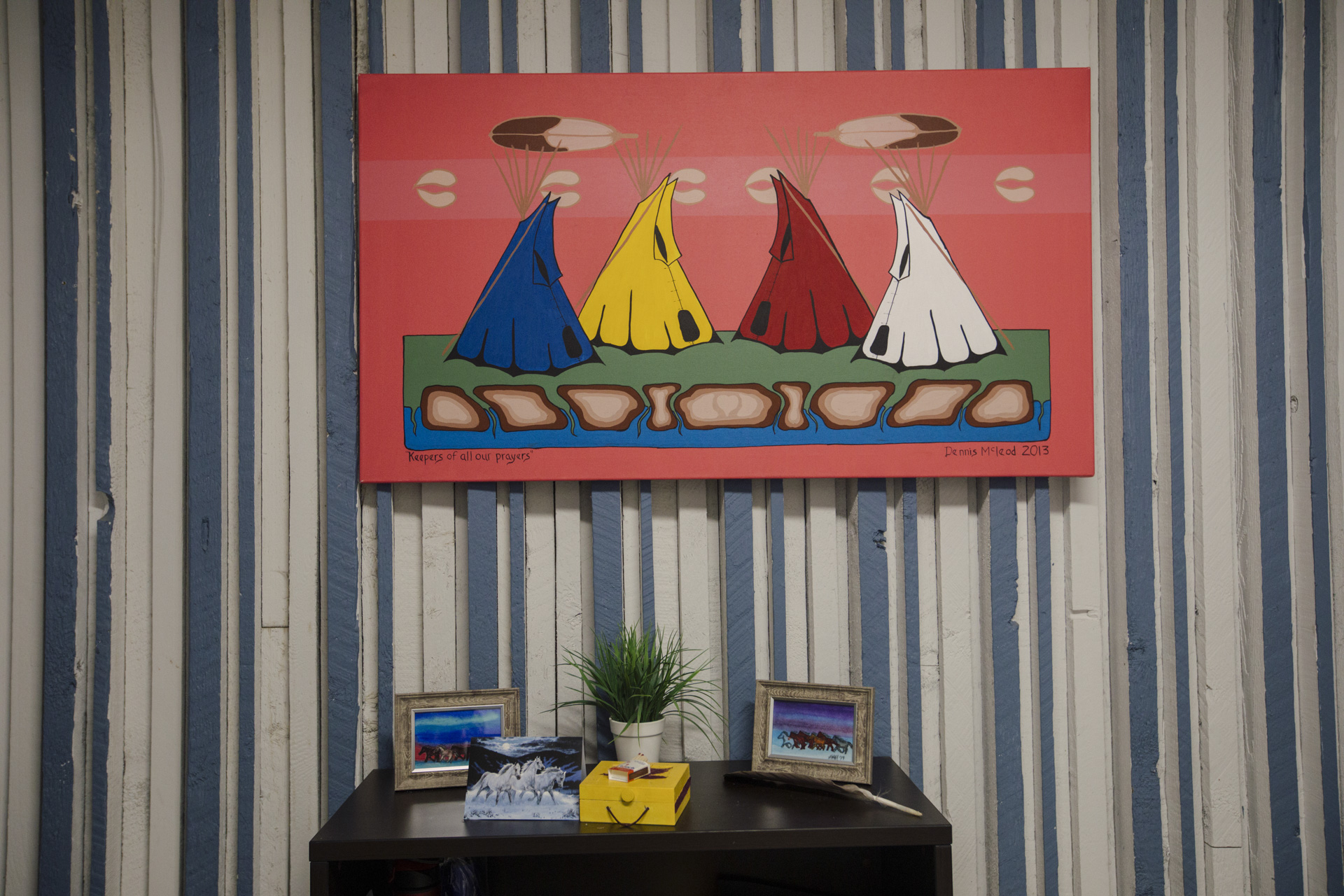‘A matter of life and death’: Rebuilding a Nation on Saddle Lake
A councillor fights the legacy of colonisation to lead her people and see her Nation fulfil its purpose.
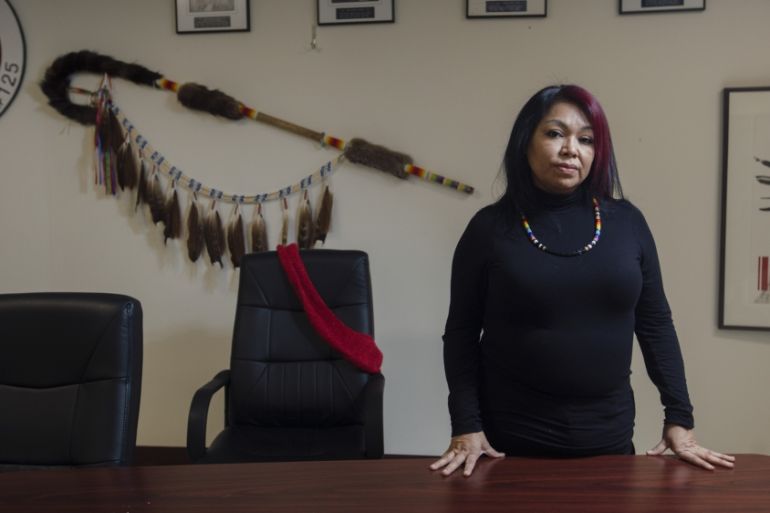
In the fourth of a five-part series exploring racism and reconciliation in rural Canada, Al Jazeera meets the father and daughter looking to restore the spirit and purpose of their people.
Read more from the series here:
Keep reading
list of 4 itemsIndigenous people in Philippines’s north ‘ready to fight’ as tensions rise
Curfew announced for under-18s in Australia’s Alice Springs after unrest
‘We exist’: A Himayalan hamlet, forgotten by Indian democracy
The ‘Back Streeters’ and the ‘White Boys’
Canada’s history of broken promises
‘Just another Indian’: Surviving residential school
Saddle Lake, Alberta, Canada – Pamela Quinn knows that her work is dangerous, but to her, it is worth the risk.
The 45-year-old was elected to the Saddle Lake Cree Nation Band council, the federal government regulated body that runs the Nation, last June and she is determined to make a difference for her community.
“Many things are a matter of life and death to us,” she explains. “And I’m willing to put my life on the line for that.”
Being a councillor is not easy. There are almost 10,000 registered members of the Nation and 6,500 who live on the reserve, where rates of poverty, gang violence and suicide are high.
The reserve leadership, of eight councillors and one elected chief, decides what share the band’s various departments dealing with housing, education, economic development, social programmes, health and addiction treatment get from the limited federal monies available to them.
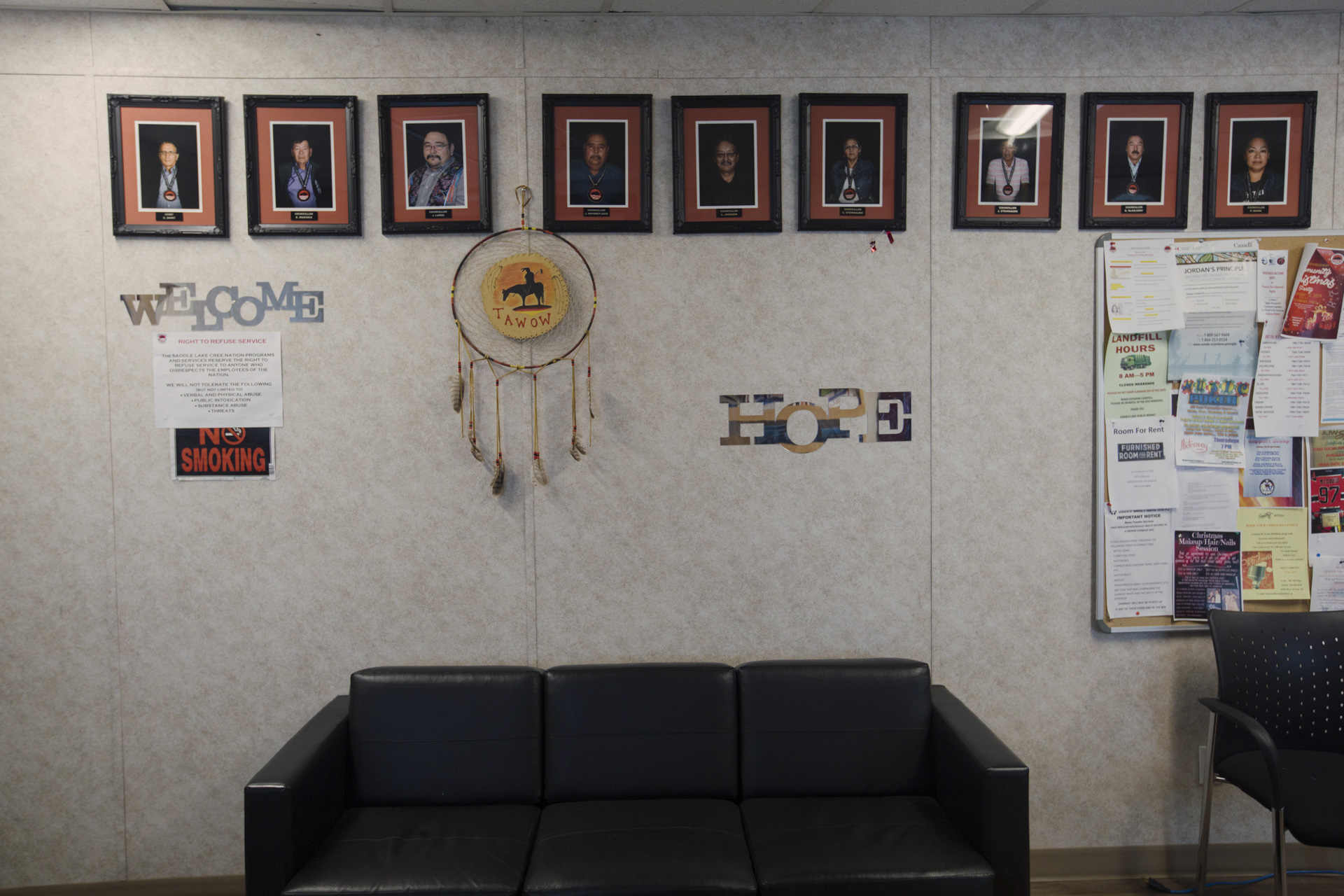
According to the Canadian Poverty Institute, 25 percent of Indigenous people – and 40 percent of Indigenous children – in Canada live in poverty. So, for councillors like Pamela, the onus is on them to make limited financial resources stretch a long way.
Before this, the mother of three was a teacher in the reserve’s two schools – one elementary, the other a high school.
“I was getting frustrated by the system that we live in,” she says, explaining why she chose to quit teaching and run for election. “The colonial system imposed upon us that we still have to live in,” she clarifies, sweeping a few wisps of highlighted red hair from her forehead.
“I want to become more resistant of the system while being inside of it.”
‘Would I die for my community?’
Saddle Lake is Pamela’s homeland. It is where she was raised.
Her childhood was a happy one, she explains from a couch in an elder’s room attached to the Nation’s administrative building. Ceremonial and cultural teachings like the sweat lodge and other sacred traditions were instilled in her from a young age.
She grew up free to roam the lands of her ancestors and surrounded by a loving family. She understands now that – as a consequence of the inter-generational trauma stemming from colonisation – that was a blessing too few children on Saddle Lake enjoyed.
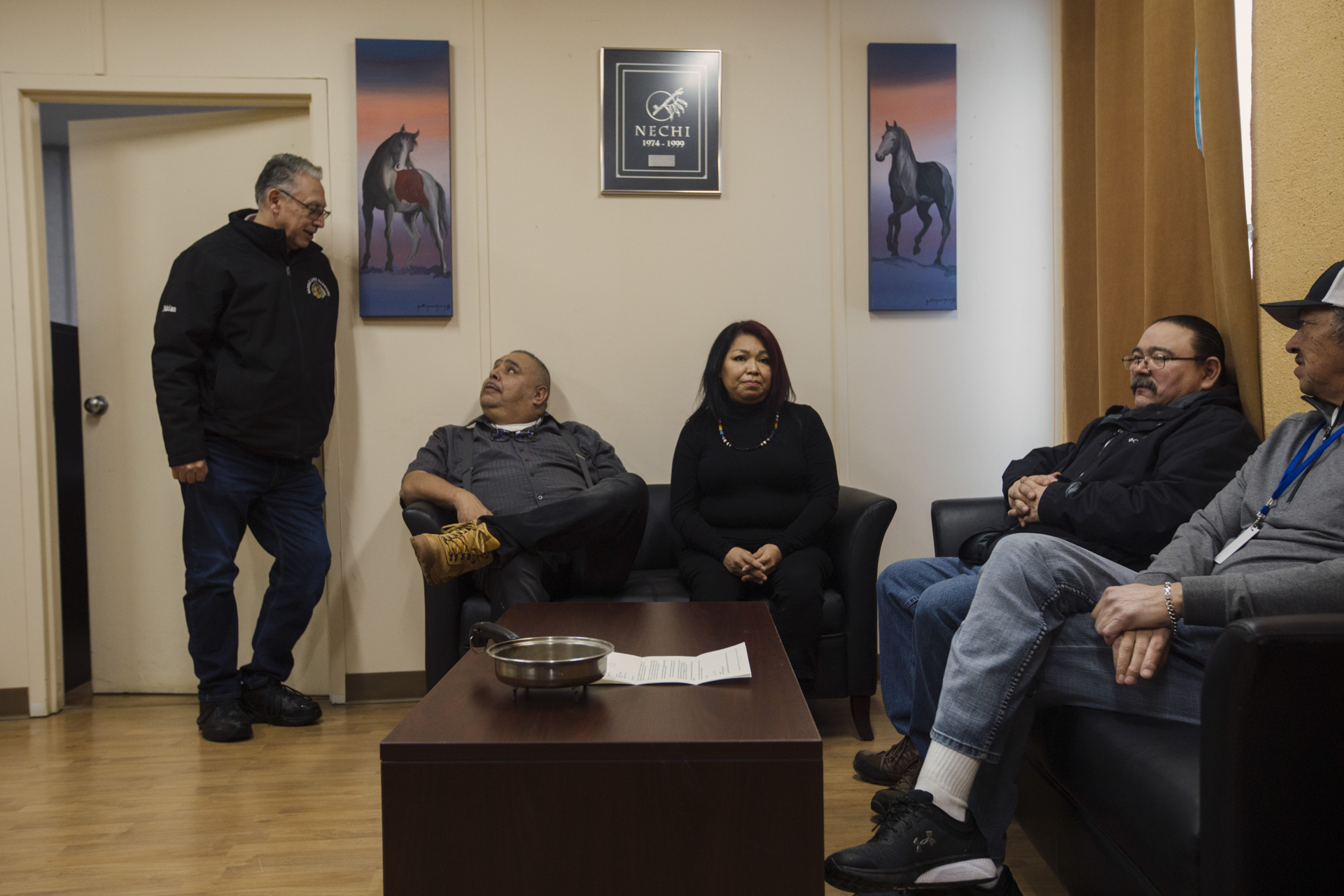
There is emotion and a touch of pride in her voice when she talks about her community.
“Who are we,” she says, pausing for a moment to take a deep, contemplative breath and to look around the room where the reserve’s elders meet to exchanges stories, counsel one another and socialise over tea and bannock (a savoury, homemade bread slathered in butter).
“We have so many strengths, gifts,” she says. “Our drummers, singers, hunters, artists, horse-workers, our clans. And, you know, I’ve thought about it before, would I die for my community? Yes, I would.”
She is referring to the danger of putting herself on the line to tackle corruption and to remove local drug dealers and gang members in order to alleviate some of the social stresses on her community.
“When a people are oppressed, then often they start oppressing one another,” she explains. “There’s abuse, drugs, gangs, poor housing – everything ties together.”

Saddle Lake is a place rich in history, culture and wild medicines. It is home to the Nobel Peace Prize nominee Doreen Spence, a nurse and Indigenous rights activist; to the founding members of the nine-time Grammy-nominated Northern Cree Singers, a pow-wow and round dance group; to James Makokis, a celebrated doctor who combines traditional Cree and Western medical practices and who, along with his husband, Anthony Johnson, won Amazing Race Canada; and to artist Lana Whiskeyjack.
The Saddle Lake band is known for its large, colourful pow-wow held each June and, says Pamela, for its rich family ties.
“We still look out for each other here,” she says.
There is a defiance in the “still”; an acknowledgement of just how hard Indigenous people have had to fight to maintain those bonds of family, community and nationhood that the settlers sought to destroy through policies such as the Residential School system and the Sixties Scoop, which ripped Indigenous children from their families and culture.
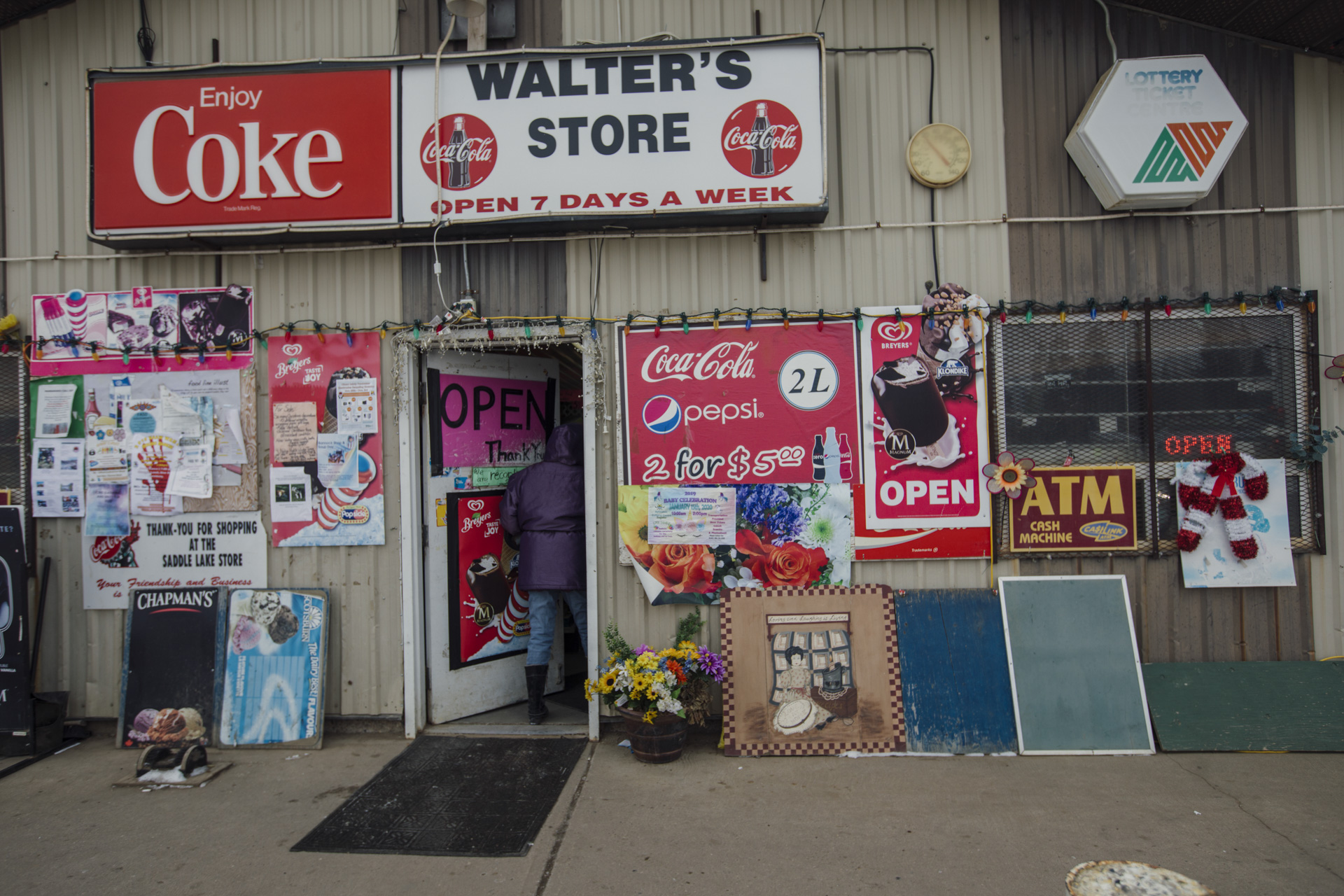
‘A warzone’
Pamela fiercely cherishes her home and wants future generations to enjoy it too, but, she reflects, “it can feel like living in a warzone”.
“[Still,] I can’t live my life in fear,” she adds.
She knows the risk of being struck by a stray bullet during a gun battle between rival gangs is all too real, but, she explains: “When I hear gunshots outside, I don’t run downstairs and hide any more. I stopped doing that because I don’t want to live in fear.”

Like many First Nation communities, Saddle Lake faces great hardships.
Saddle Lake Chief Eric Shirt explains that according to an internal study conducted by the Nation’s administration last year, average life expectancy for women on Saddle Lake was 50, compared with an average of 84 for the population as a whole. For men, it was 46, compared to 80 for the general male population of Canada.
The chief says he recently sent a letter to the federal government asking for help with funding to improve housing infrastructure on the reserve – where overcrowding and mould pose serious problems – and that the nearby town of St Paul and surrounding municipalities sent letters in support. He has not yet received a response.
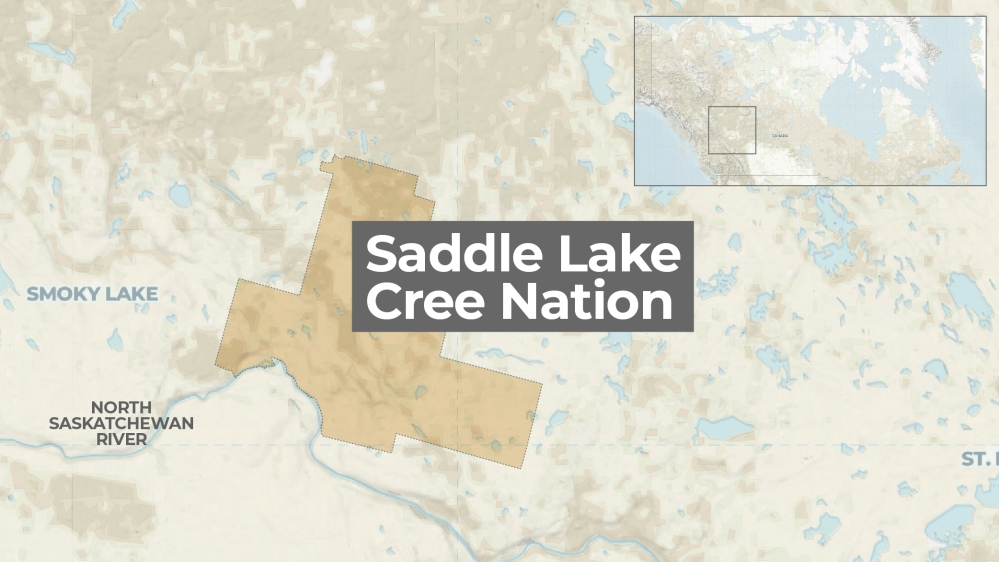
Pamela links the grim statistics on life expectancy to the legacy of colonisation and the oppression of living under the Canadian government’s Indian Act of 1876 – a policy that has dictated the social, political, economic, spiritual and physical lives of First Nations.
The government, she says, “imposed policies that don’t work for us, they fail us”.
“Canada needs to acknowledge that they’re on stolen land and tell the truth of the history of this land; of how they treated our people,” she explains.
A cultural resurgence
This is one of the reasons why Pamela decided she wanted to take on a leadership role: so that she could help transform “the system” from within.
“The Indian Act chief and council deliver programming and funds to our communities,” Pamela says, but she wants to take her role as a councillor a step further.
“I want our people to understand what it means to be sovereign. I want the people to believe in their nationhood because we have an identity crisis and we are so much more, with many strengths and gifts,” she adds, her voice soft but full of conviction.
Cree culture, language and spiritual ceremonies are experiencing a resurgence in Saddle Lake, but Pamela believes they are still in danger of being lost.
Her father is Carl Quinn, a cultural teacher, award-winning Cree musician and a former Chief of Saddle Lake.
“He reminds me of the language all the time,” she says, “he reminds me to keep learning.”
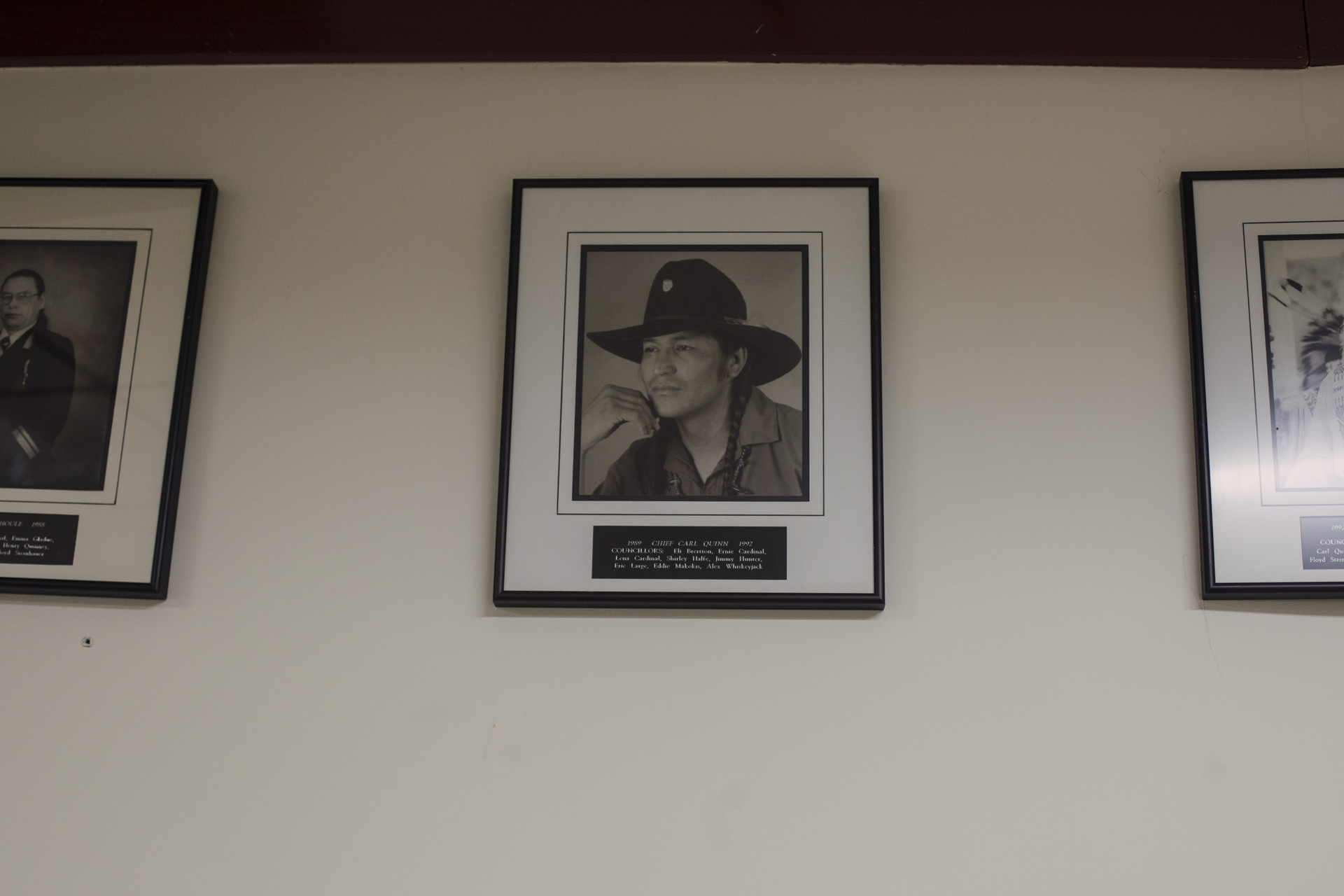
Visiting her parents on a snowy January evening, Pamela looks at ease in the home she grew up in. Her father greets her with a hug and they exchange jokes. Then, he grabs his guitar, sits down in his armchair and begins to play. He sings a song he wrote in Cree about the residential schools. Pamela drifts over to him and joins in; a poignant, peaceful, prayer-like harmony.
Florence, Pamela’s mother, who is also a school teacher, brings tea and Carl puts down the guitar. He begins to speak about the importance of re-instilling the foundations of the Cree spirit back into the people. It is a task he is hopeful his daughter will help facilitate.
“She’s very strong, right from the time she was young,” he says, nodding towards her. “I’m very proud of her. Hopefully, she’ll make a difference in terms of improving the lives of others.”

Every so often, Pamela will seek her father’s advice. He listens, does not judge and never forces his opinion upon her, they agree. But he will share his suggestions, when she asks for them. His way of teaching is by example, he explains. When his children were young, they would watch what he did and said, rather than wait for him to tell them what to do.
Carl speaks with Pamela in Cree as often as he can, encouraging her to keep the language alive. She is not yet fluent but treasures the teachings the language provides because so many words and phrases have no equivalent in English.
There is meaning, safety and comfort in the language and the ways of her ancestors.
‘It’s like our hearts were threatened’
But leaving the boundaries of the reserve brings a problem Pamela says has been there for as long as she can remember: racism.
There are times, she says, when she does not want to go to the nearest town, St Paul, because of the racism she encounters there. But she must if she is to buy groceries, because there is little available on the reserve and what is, is more expensive.
There is animosity in St Paul towards Indigenous people, Pamela feels.
She recalls that, two summers ago, she was crossing a street on the town’s main drag with her mother when she heard someone shout “Squaw!” (a derogatory term for an Indigenous woman) from a passing truck.
Usually, she would have taken a deep breath and let it go, she says. But not this time. This time, she got in her car and followed the truck, recording the incident live on Facebook for her own protection.
When she finally caught up with the young men in the truck, she confronted them. The post went viral. Pamela says she received an overwhelming number of messages from others who had experienced similar racist abuse and discrimination.
“Racism is a matter of safety,” she reflects. “Safe in terms of if I can be who I am [as an Indigenous person].”

When, in November, a man from the nearby hamlet of Ashmont allegedly threatened to “shoot up” the Hamlet of Ashmont school, where approximately 90 percent of the pupils are Indigenous, as well as the Saddle Lake and Whitefish Lake First Nations, Pamela was furious.
“It’s like our hearts were threatened. Our children are our hearts,” she says.
For a people still dealing with the inter-generational trauma of residential schools – in which abuse and neglect was widespread – an alleged threat to target children caused particular pain.
Andy Sydora was charged with three counts of uttering threats. His case has been adjourned several times and he is now due to appear in court on May 28 to enter a plea.
For Pamela, however, such threats are not the only ones facing Indigenous children. She is particularly concerned about the over-representation of First Nations, Metis and Inuit children in foster care. Only seven percent of the child population of Canada are Indigenous, but they make up 52 percent of those in the foster care system.
It is a contemporary problem with its roots in the past – in a history of broken promises, neglect and discrimination.
“The treaty (Treaty 6), and all of the treaties [between Indigenous people and the Canadian government] have been broken promises,” says Carl.
He believes that any effort to resolve the tensions between Indigenous and non-Indigenous people must begin there – with a dialogue about the “outstanding issues” like the broken treaties and misunderstandings.
After that, he believes, it is time for First Nations to step into their purpose.
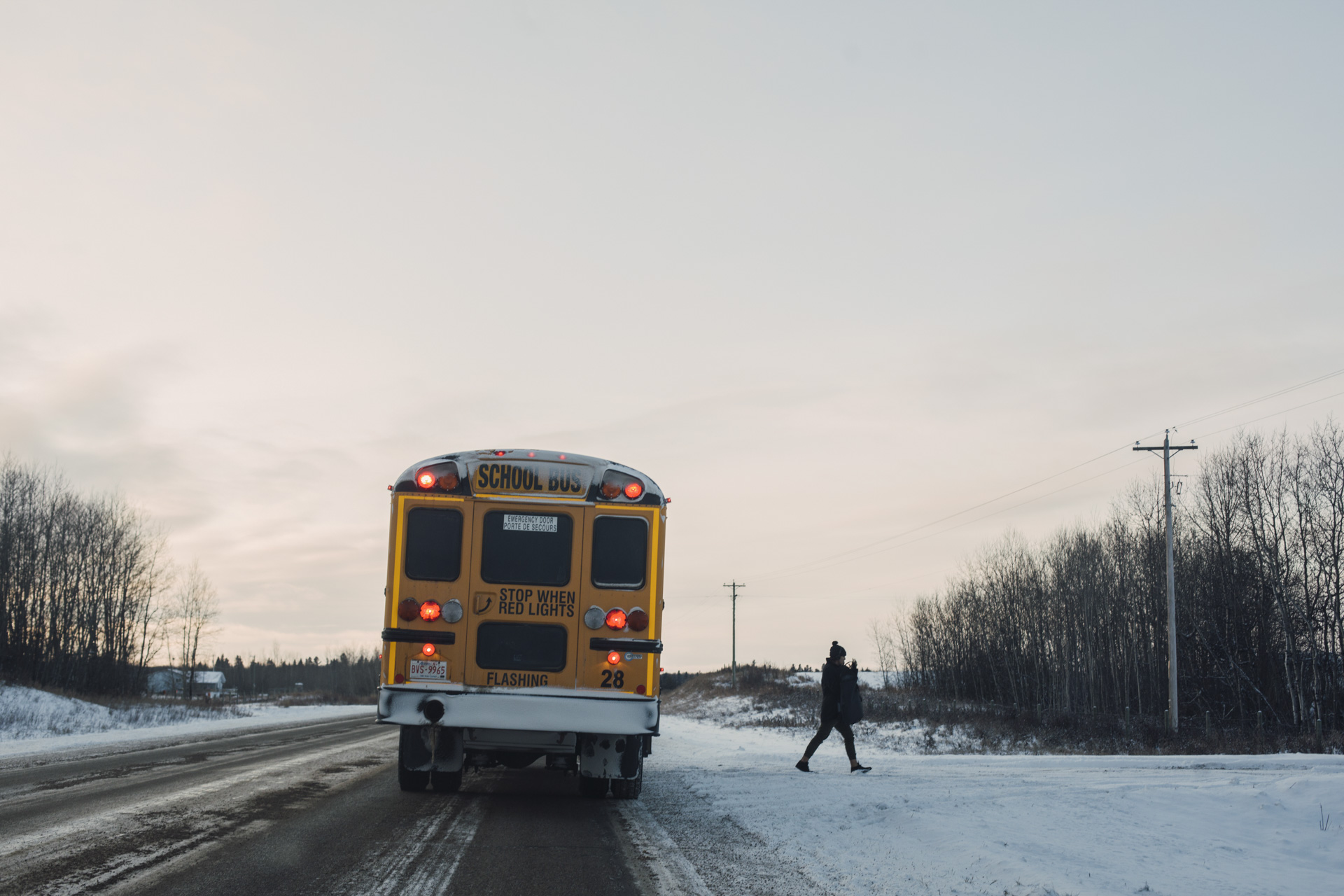
The prophecy
That purpose, he explains, was revealed in an old prophecy that foretold that the Cree would guide the settlers when they first arrived in Indigenous lands. Oral stories about the Creator sending the Moniyaw (white people) over the ocean had been passed down through generations in stories and through ceremonies.
“This is part of the prophecy that we have to teach the people that came here – because that’s what they came here to do (learn). They forgot why [they came]. But they were brought here so we can teach them about how we get along with other nations (the four-legged, winged nations) and Mother Earth,” he explains as he scrolls through music on his laptop.
“I would love to see the original intent of the relationship happen. The nations that came here were also so rich in their own ways. If we get together and appreciate that – our identity, our culture,” says Pamela with a spark of urgency.
She is just not so sure it will happen in her lifetime.
Because, she says, with reconciliation, there must come justice – and she worries this is something Canada may never be able to concede.
“I don’t think they (the settlers) will ever acknowledge the truths. Canada has to keep that hidden.”
